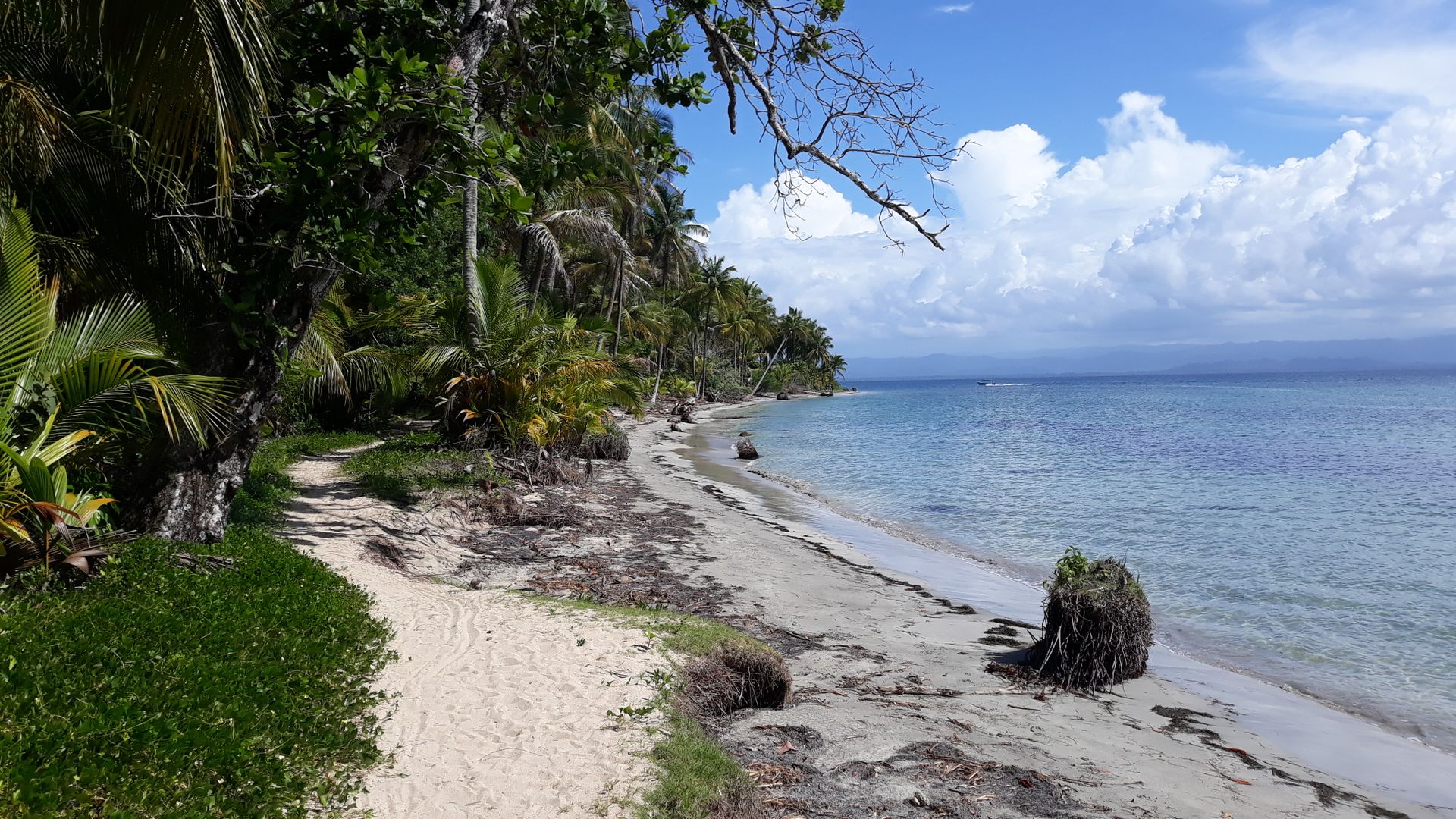Cusco, La Paz and San Pedro in one week
Objavljeno: 24.05.2019
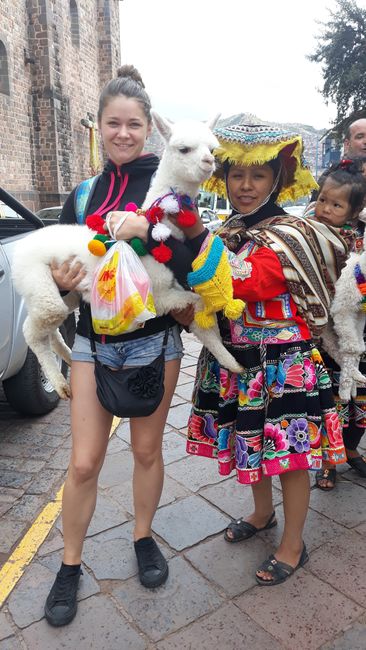

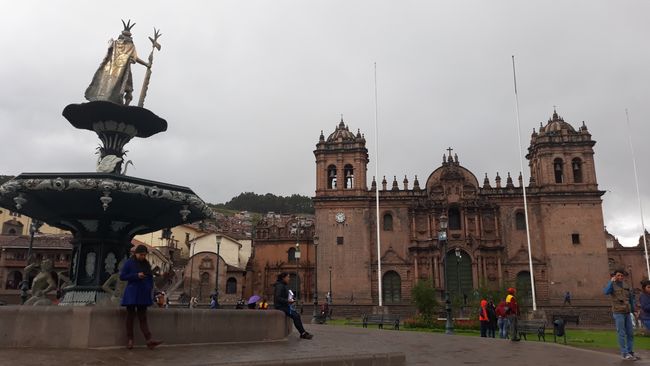
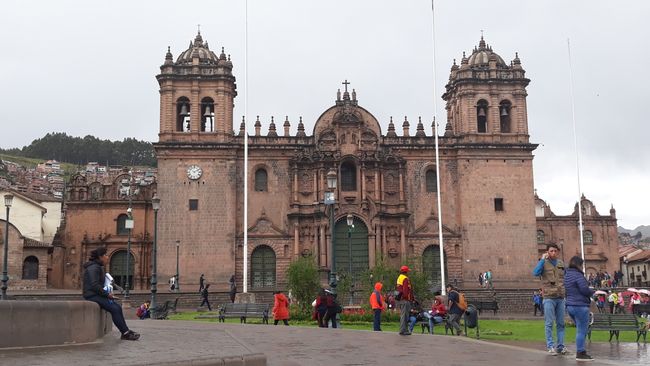
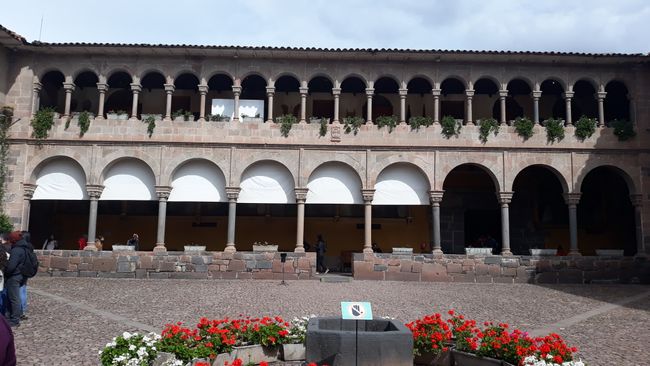
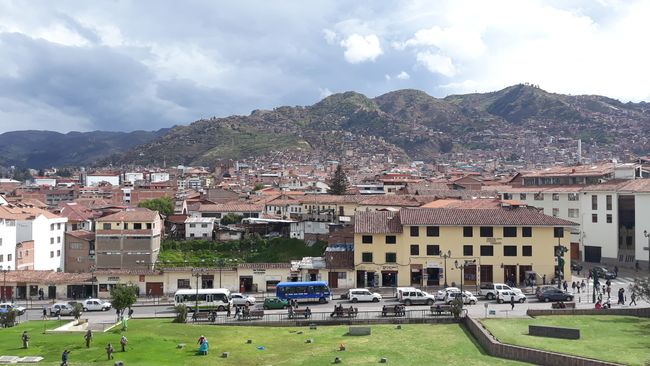
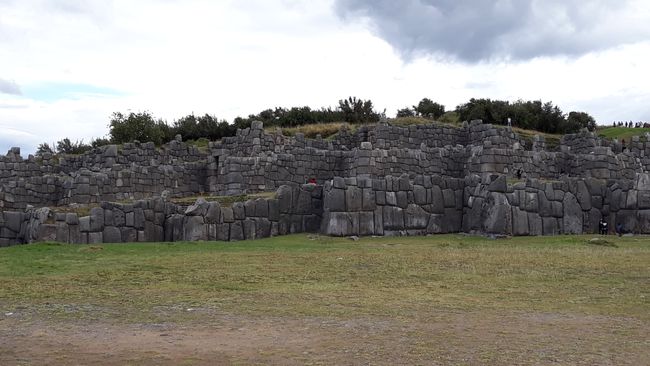
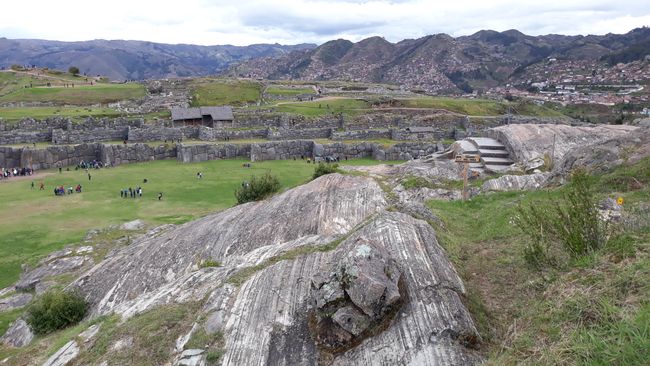
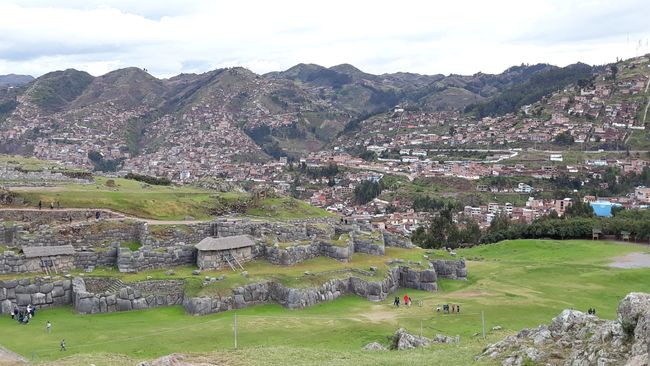
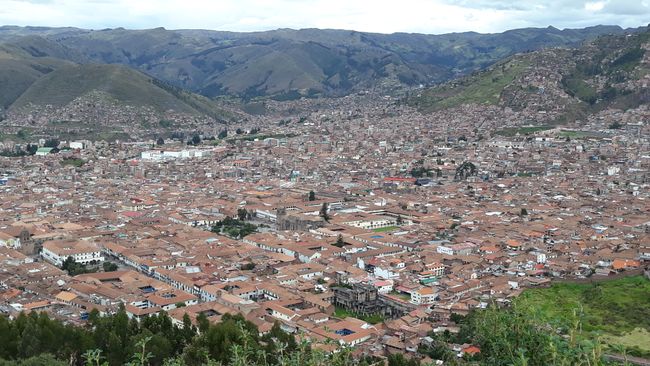
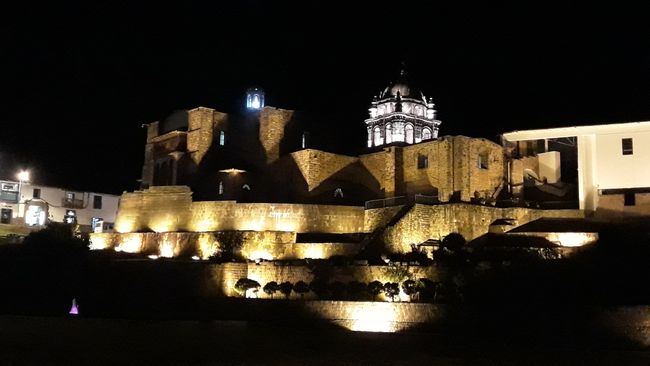
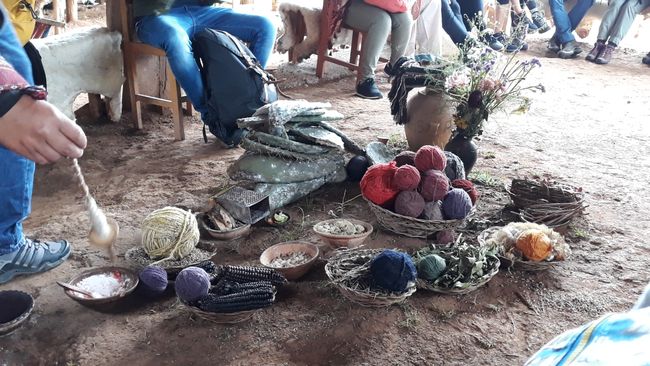
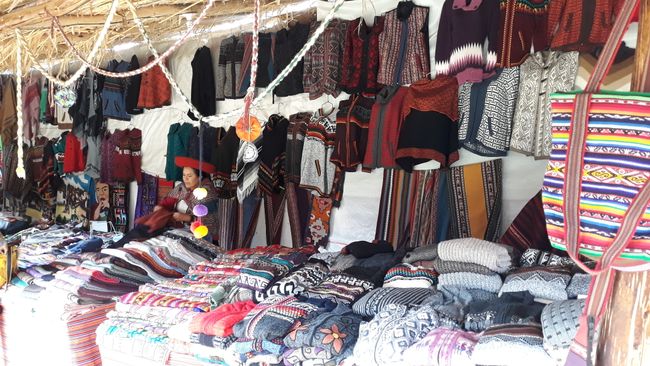
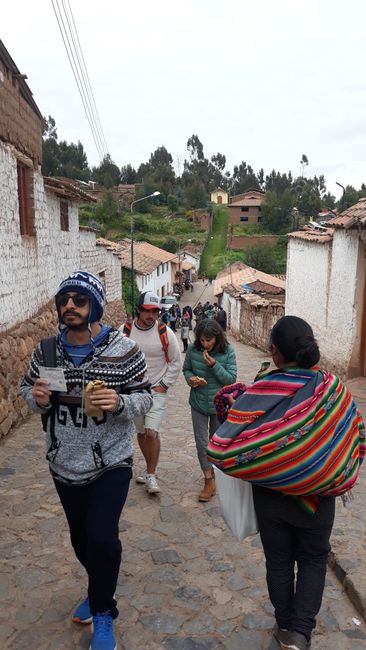
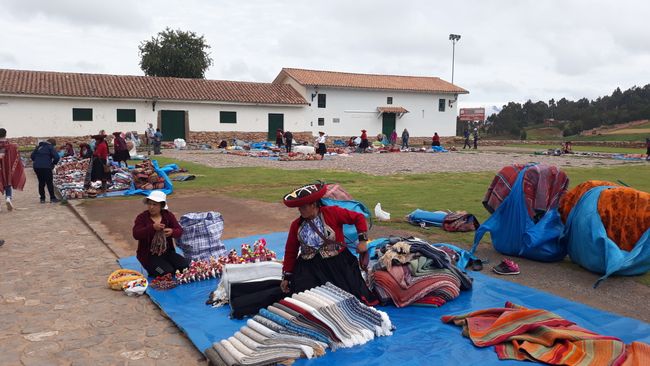
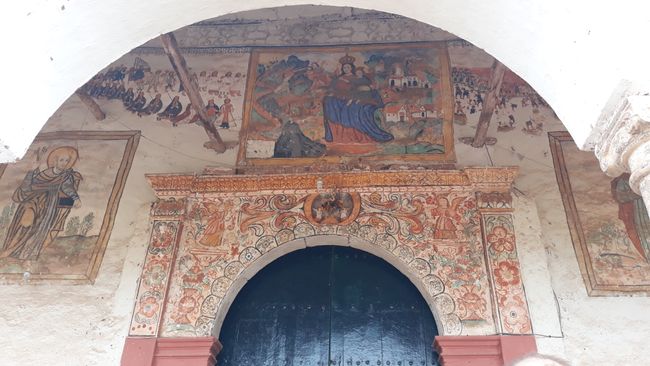
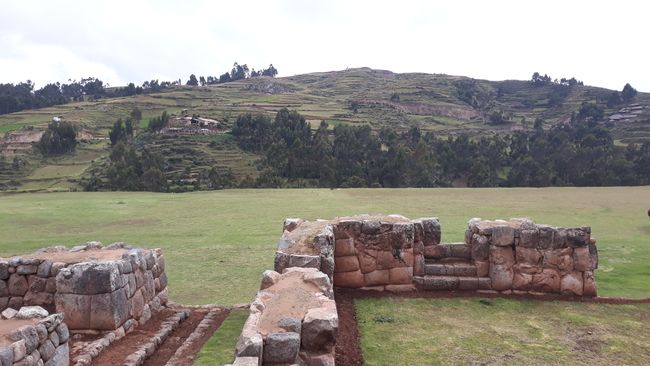
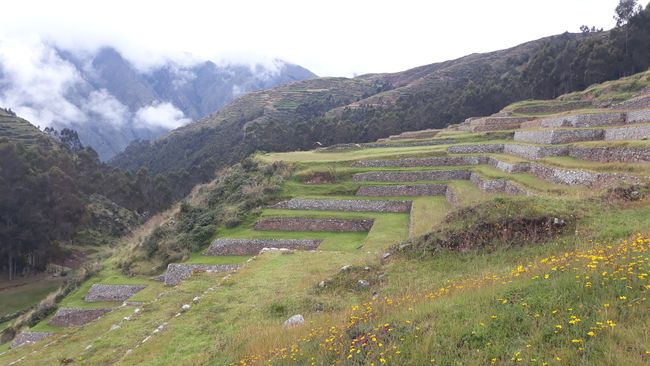
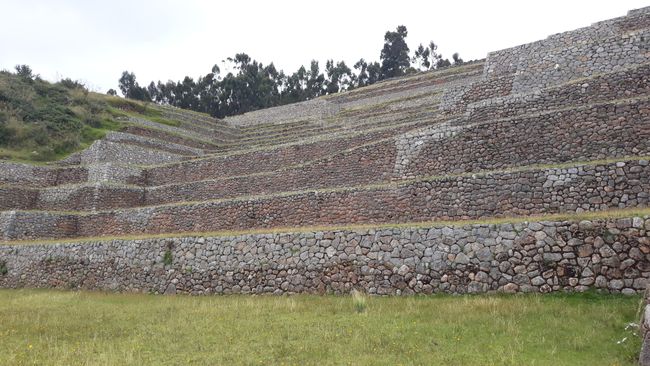
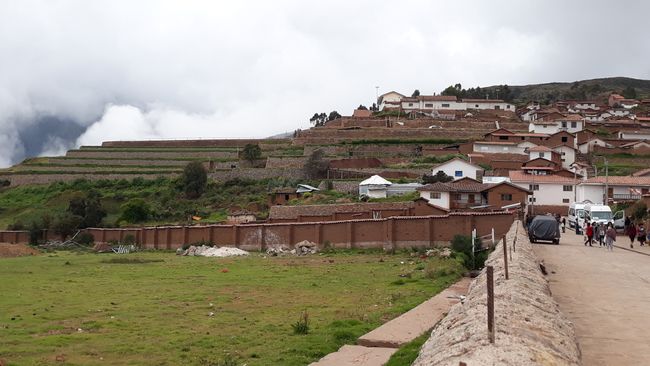
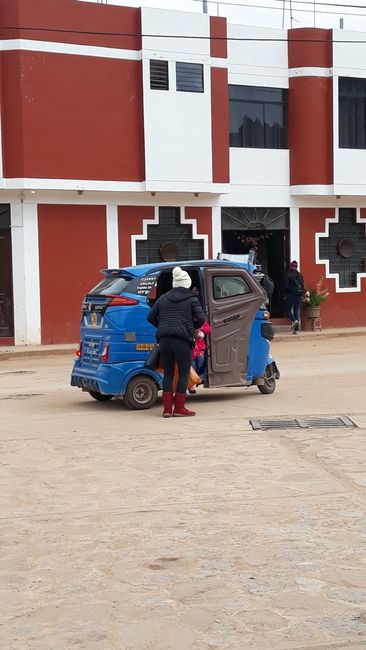
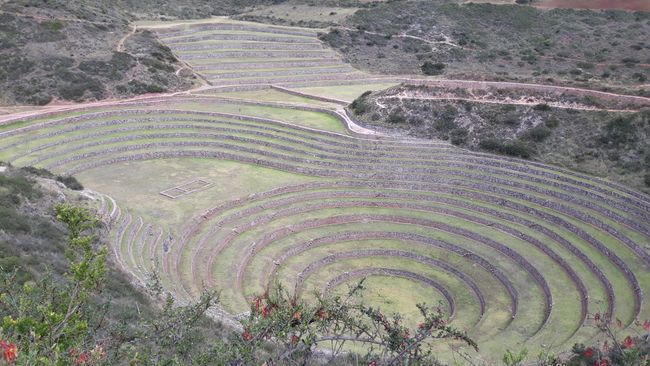
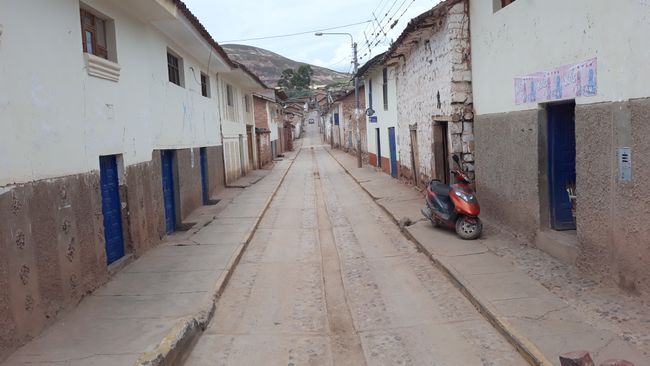
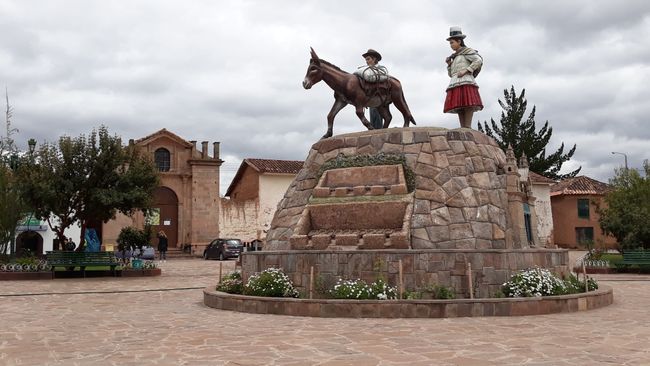
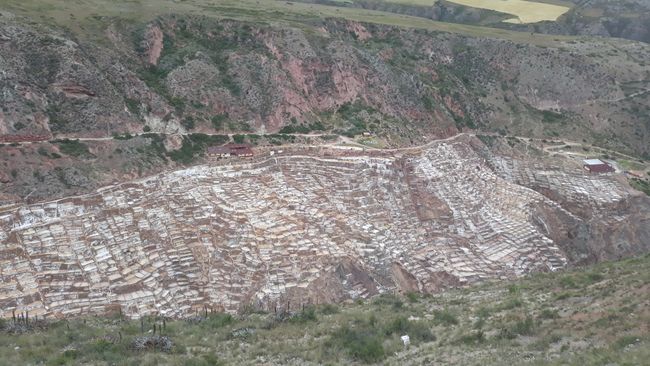
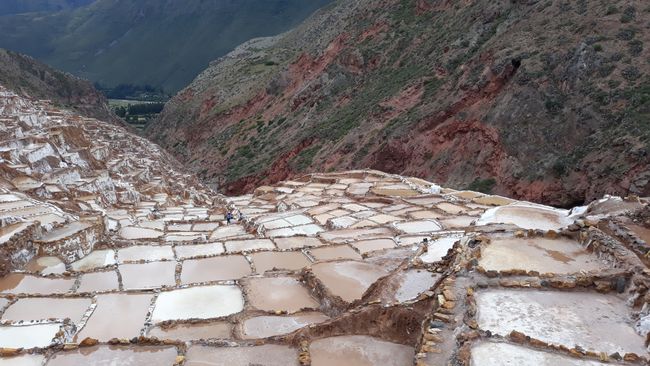
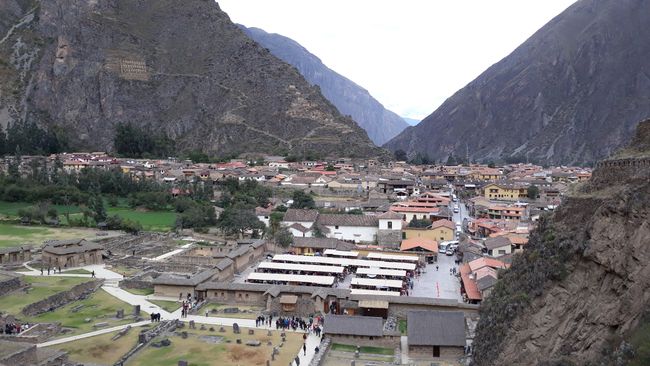
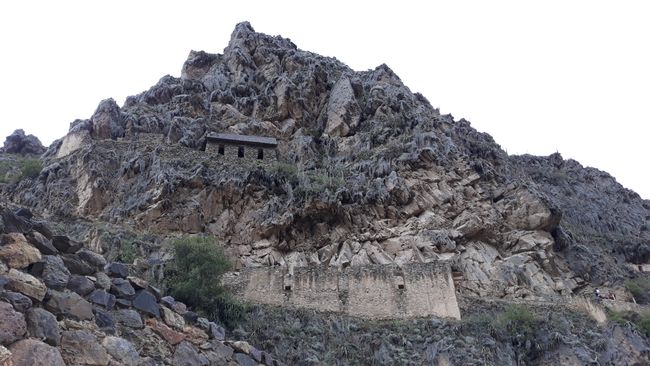
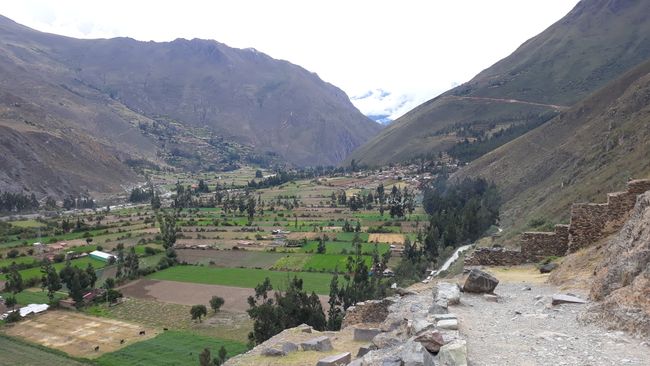
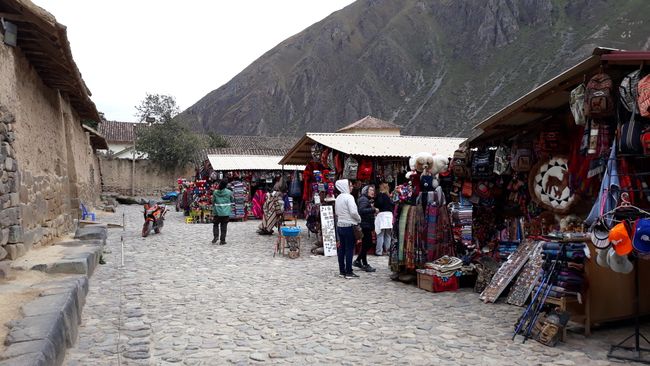
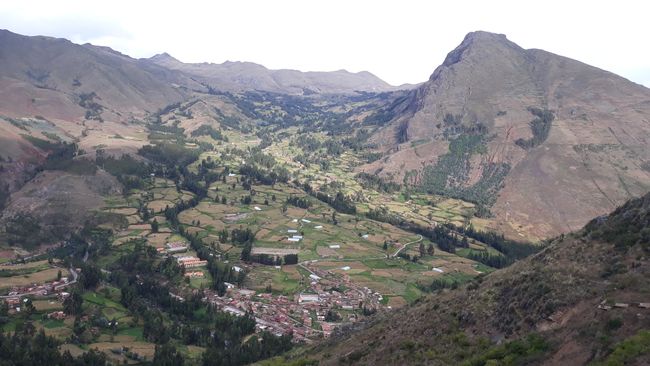
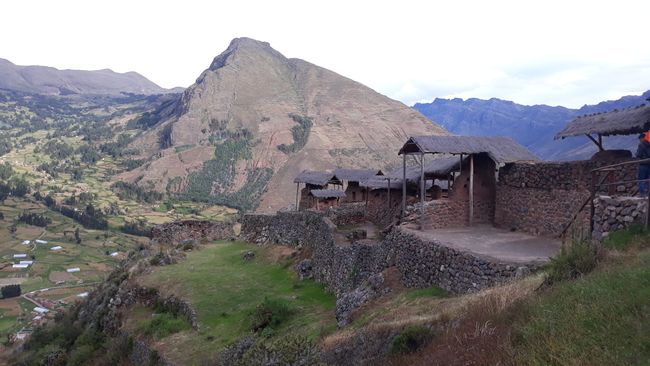
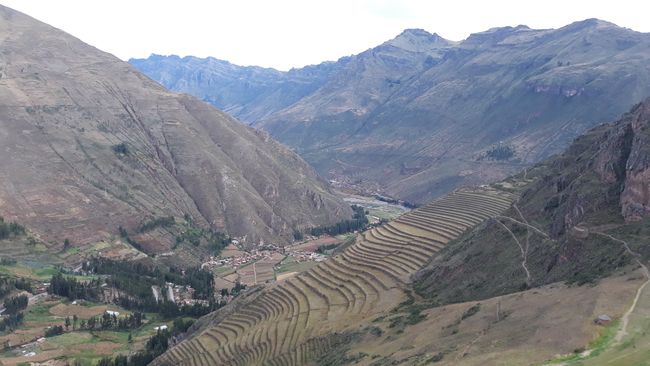
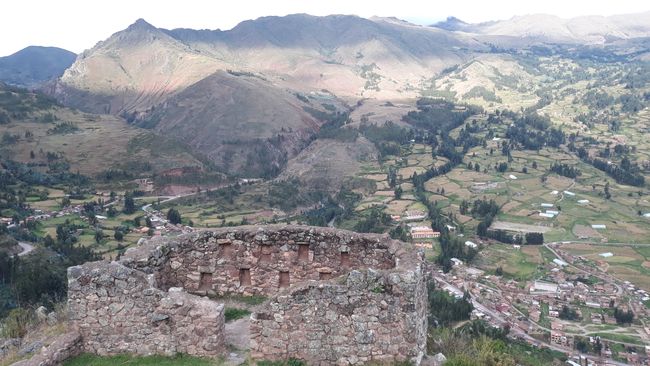
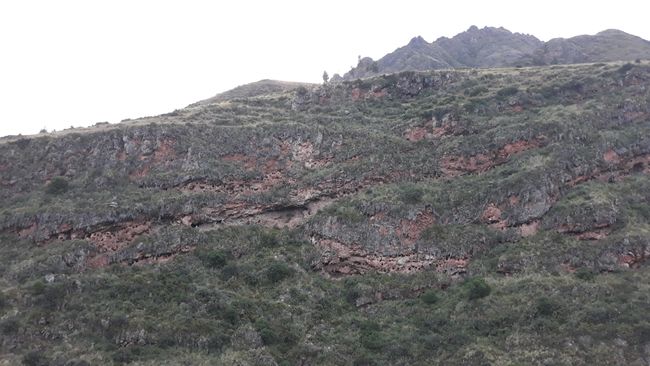
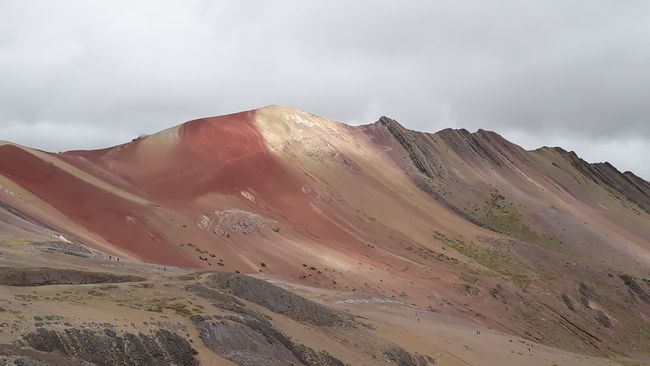
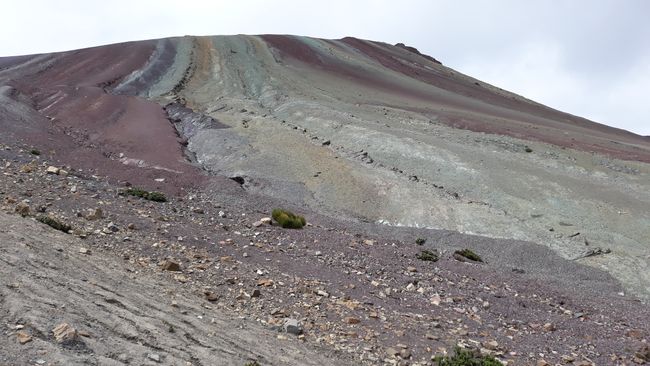
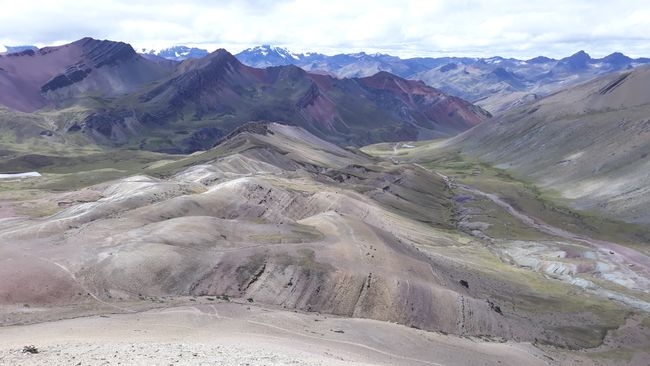
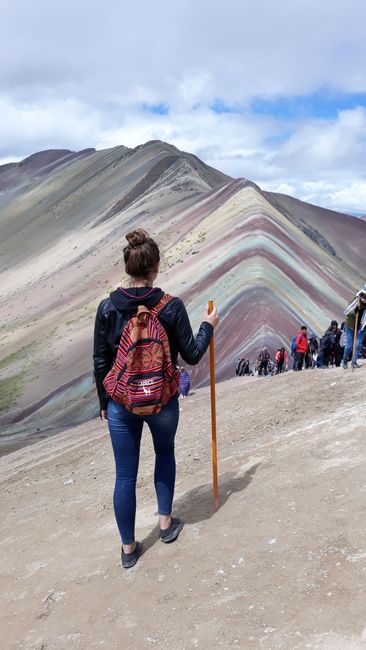
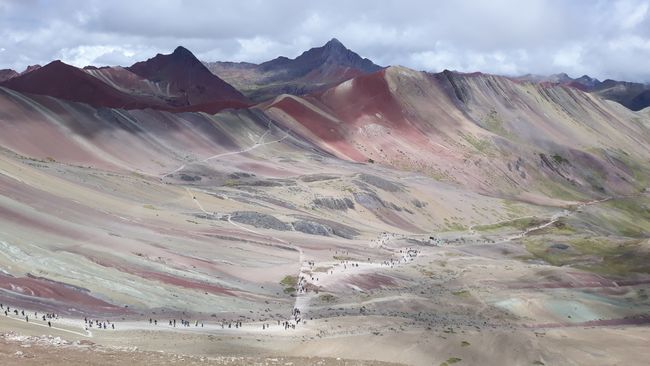
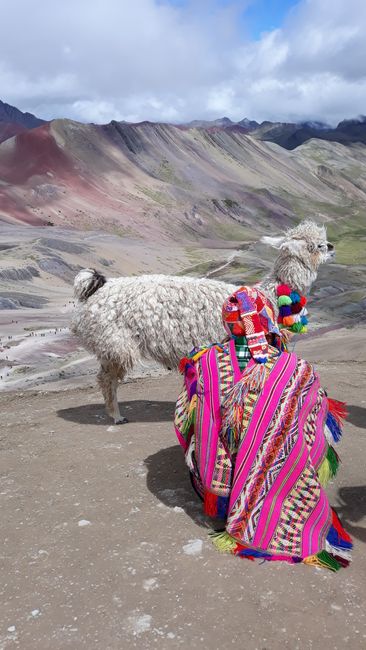
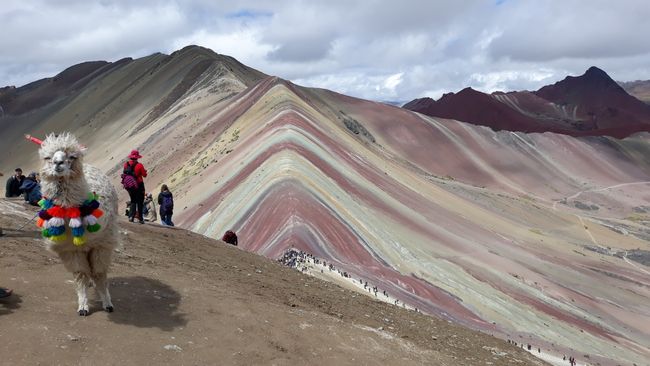
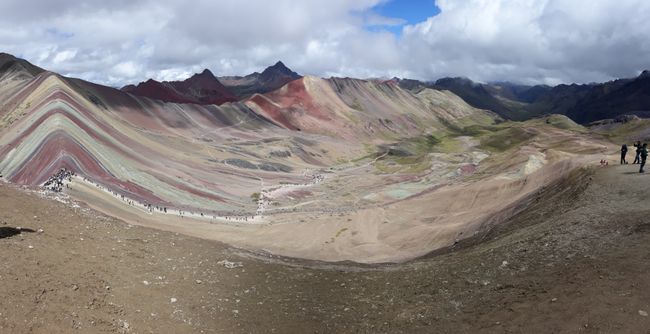
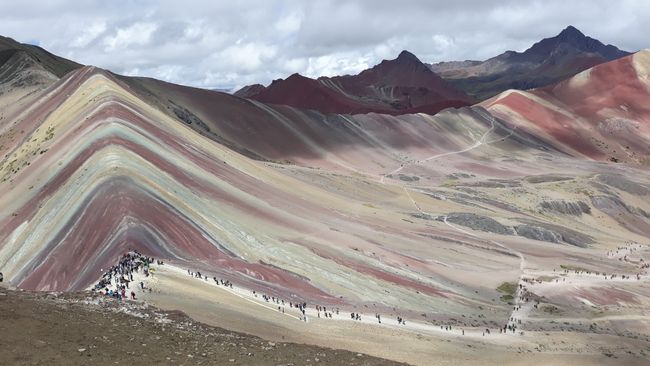
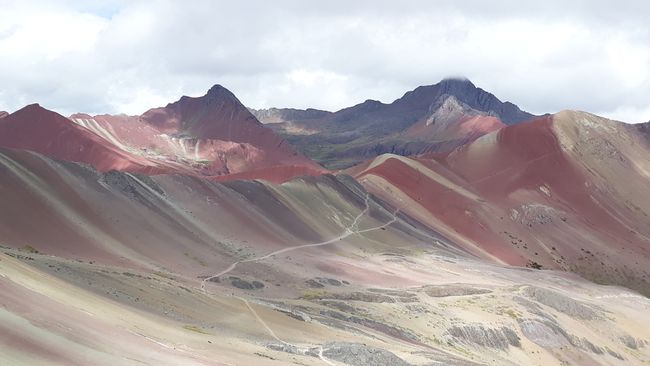
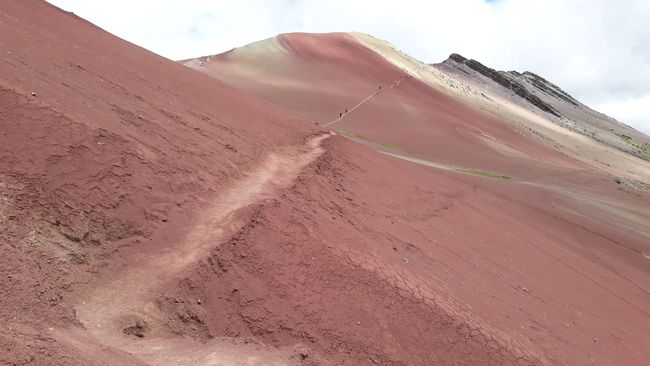
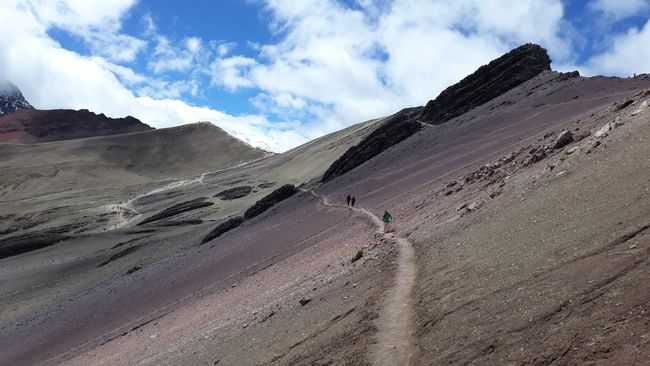
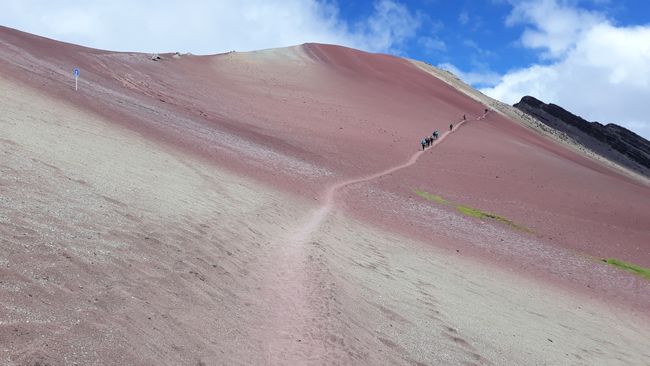
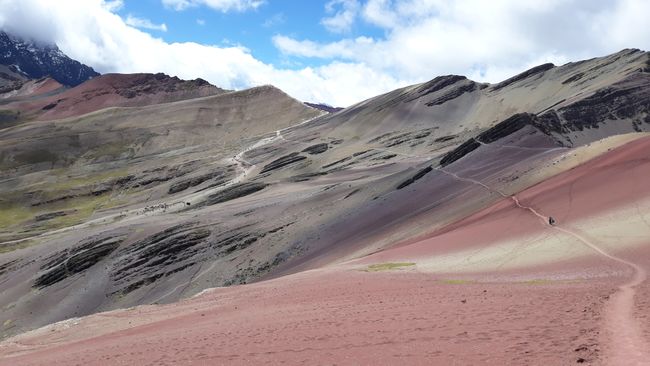
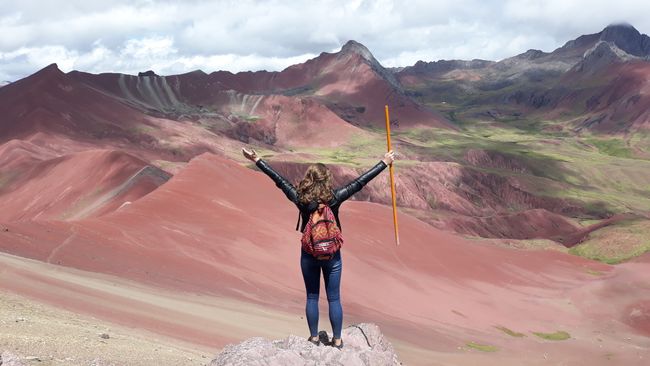
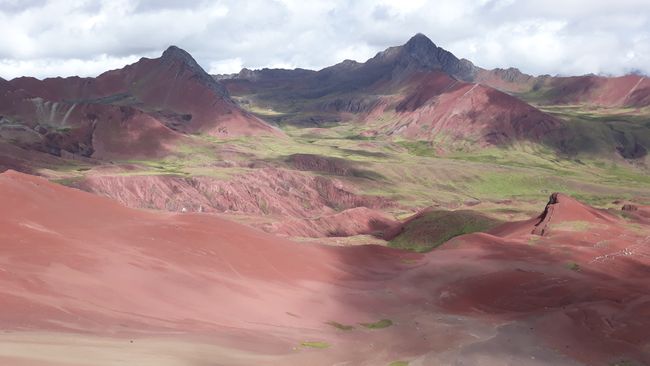
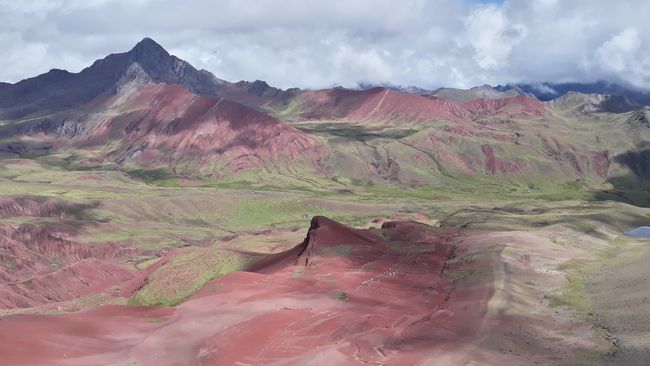
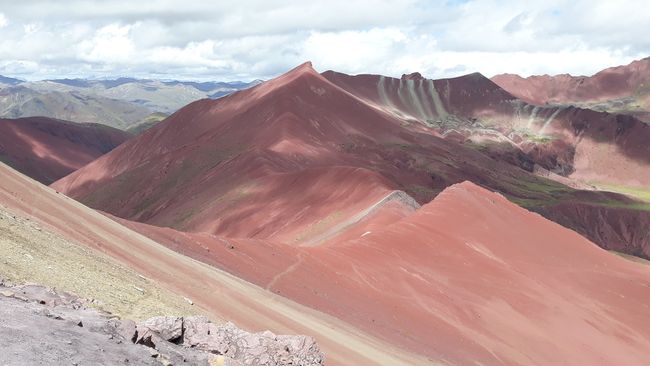
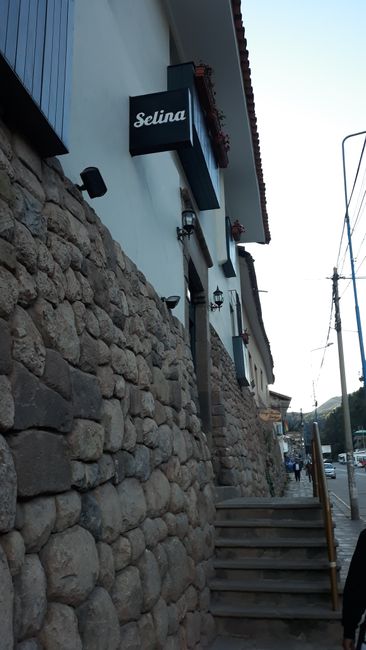
Pretplatite se na Newsletter
After yet another tearful goodbye, this time at the Wild Rover Hostel Huacachina, my journey continued with a bus ride to Cusco. The way there was a journey in itself, as it was a incredibly winding uphill road. For comparison: Huacachina is about 400m above sea level, while Cusco is at 3400m. I had booked a room at the Selina Hostel in Cusco, which was quite disappointing because neither the lights next to the beds nor the power sockets in my room were working. This was quite inconvenient when I needed to charge my phone to set an early alarm and take many pictures the next day. On the day of my arrival, I took a city tour and visited the sights of Qoricancha, Sacsayhuaman, Qenqo, Puka Pukara, and Tambomachay. For the following day, I had booked a full-day tour to the 'Valle de los Icas' (Valley of the Incas), which includes the town and ruins of Pisaq, Ollantaytambo, Moray, the salt mines of Maras, and Chinchero. Among my favorites were definitely the Salineras de Maras (salt mines of Maras), which offered a breathtaking view from above as we approached. The salt mines of Maras are hundreds of water basins that were created to evaporate mineral-rich water into salt. The salt was being sold near the famous tourist attraction at exorbitantly high prices for bathing, cooking, and other purposes. In the Valley of the Incas, there were also many ruins and temples, some of which were impressively located at high altitudes. For this reason, we were given a drink before the visit to help us cope with the high altitude. One can say that the Incas had an incredibly good eye for beautiful landscapes and knew how to perfectly adapt their constructions to them. On my third day in Cusco, I took a tour to the Rainbow Mountains and the Red Valley, which are located at over 5000m above sea level, requiring a considerable hike. Once there, it felt like the mountains had been painted by humans, as the colors in nature looked incredibly unreal, although they are actually caused by minerals. After leaving the mountains, we were shown how silver jewelry is made from these minerals. Unfortunately, I couldn't enjoy this stop or the buffet included in the tour, as I, like another girl in our group, experienced altitude-related issues such as loss of appetite, dizziness, nausea, drowsiness, and fatigue. Fortunately, the symptoms had subsided after a few hours.
In the evening, I visited some friends at the Wild Rover Hostel in Cusco, whom I had worked with in Huacachina, and then took an overnight bus to La Paz, Bolivia.
In La Paz itself, I didn't do much, especially since I had problems with my credit card and couldn't withdraw any money. For this reason, I couldn't eat or drink anything for 2 days, except for a single apple. However, it is worth mentioning that I took a ride on the cable cars, which are a normal public transportation in La Paz due to the differences in altitude. From there, I had an incredibly beautiful view of the city, which is built on mountains and where you can also see isolated uninhabited hills among the houses. I left La Paz early in the morning with a bus that took me to Oruro, where I had to wait for several hours until my bus to Calama in northern Chile departed. Unfortunately, during the journey, I had ear pressure for about four hours and could hear very poorly, which I attribute to the change in altitude. I arrived at 4 am, which was rather unfortunate as the bus terminal was still closed and I had to wait outside in the freezing cold for 4 hours. I believe this waiting time was one of the low points of my entire trip, as I sat on the ground in front of the bus terminal, covered myself with towels and clothes to keep warm, used a t-shirt as a scarf, later borrowed a blanket from a stranger who was also waiting, and then a dog sat down next to me, making me feel like a homeless beggar. Finally, at 8 am, I was able to take a bus to my final destination, San Pedro de Atacama, in the Chilean desert.
On my first day back in Chile, I rented a bicycle and rode around the city and its surroundings. On my second day, I took a tour to the 'Piedras Rojas' (Red Stones) and various lakes. I can only say that the landscape reminded me of the Discovery Channel, as the lakes and volcanoes looked so beautiful. We also had a lot of luck when it came to seeing animals: Countless vicuñas, a green hare-like creature with an Asia-style mustache, a fox, flamingos, and Ñandus, a type of ostrich, were observed in the wild. I spent the following night not in San Pedro, but directly in Calama, as I had to be at the airport very early. Surprisingly, upon arriving at around 11 pm at my hotel for the night, the staff told me that my room was not ready yet, so I had to wait for another half an hour. However, I was happy to finally be able to sleep in a single room again after exactly 50 days, so half an hour more or less didn't matter to me anymore.
The next day, I went to the airport at 5 am, as I had tickets for a flight to Santiago, from Santiago to Lima, and from Lima to Mexico. Unfortunately, I had to wait for more than 10 hours in Lima for my next flight, so I spent the night sleeping on the airport floor. It was also interesting that at the check-in counter, I was asked for a proof of onward travel from Mexico, as entry without such a proof was not allowed. Although I didn't have a departure ticket from Mexico, I did have my return flight ticket from Panama to Germany, which luckily sufficed.
Pretplatite se na Newsletter
Odgovor

Izvješća o putovanju Bolivija
